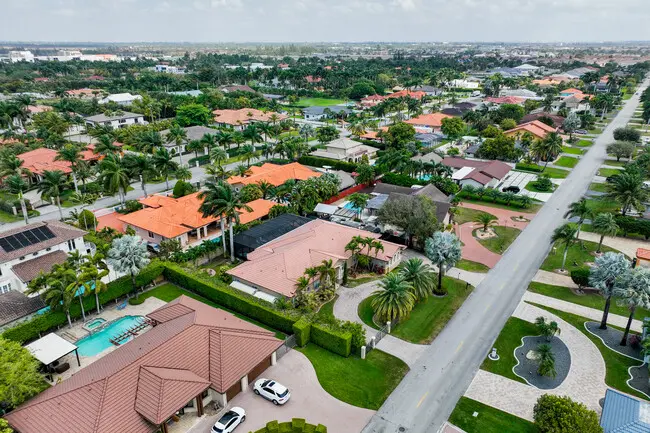Hialeah is among the least sustainable cities in the United States
The statement comes from a report that evaluated indicators such as greenhouse gas emissions per capita or water quality
By Andreína Barreto Jové, Huella Zero
The city of Hialeah in Florida appears on the list of the least sustainable localities in the United States, according to a report recently published by WalletHub, which is based on reviewing the cities that prioritize environmental care and those that invest the least in sustainability.
In addition to this, no city in Florida entered the top 35 of the places with the greatest environmental care in the country.
It was learned that 28 indicators were used to compare the cities, including the measurement of greenhouse gas emissions per capita and water quality.
The WalletHub report found Hialeah, in Miami-Dade County, to be the second most ungreen city in the country, scoring 94 out of 100.
According to analysts, Hialeah stood out for its poor use of energy resources and its transportation system that uses fossil fuels; however, it did rank among the cities with the best lifestyle.
The only city above Hialeah on the list of the least sustainable and green cities in the U.S. is Glendale, Arizona. Also in the top 10 are Houston (Texas), Mesa (Arizona), Baton Rouge (Louisiana), Gilbert (Arizona), Chandler (Arizona), Newark (New Jersey), Detroit (Michigan) and Louisville (Kentucky).
Among the most sustainable cities are San Diego (California), Washington D.C., Honolulu (Hawaii), San Francisco (California), San Jose (California), Seattle (Washington), Oakland (California), Portland (Oregon), Fremont (California) and Irvine (California).
What can be done to make a city more sustainable?
According to DePaolis and Chip Lupo, WalletHub analysts, there are several ways in which a city can contribute to improving its sustainability and relationship with the environment. The positive participation of residents is key to this.
Some of the recommendations are to share trips in the same vehicles, use public transport or bicycles more and more; and walk to nearby locations to reduce carbon emissions.
Likewise, people can contribute to making their city a greener place by increasingly reducing the use of plastics and separating garbage for recycling. “Wearing clothes just 20% longer can go a long way toward reducing raw material extraction, energy and water consumption in manufacturing, and transportation impacts,” DePaolis said in the WalletHub report.
Another thing residents can do is buy local products, which will help reduce the need for long-distance transportation.




